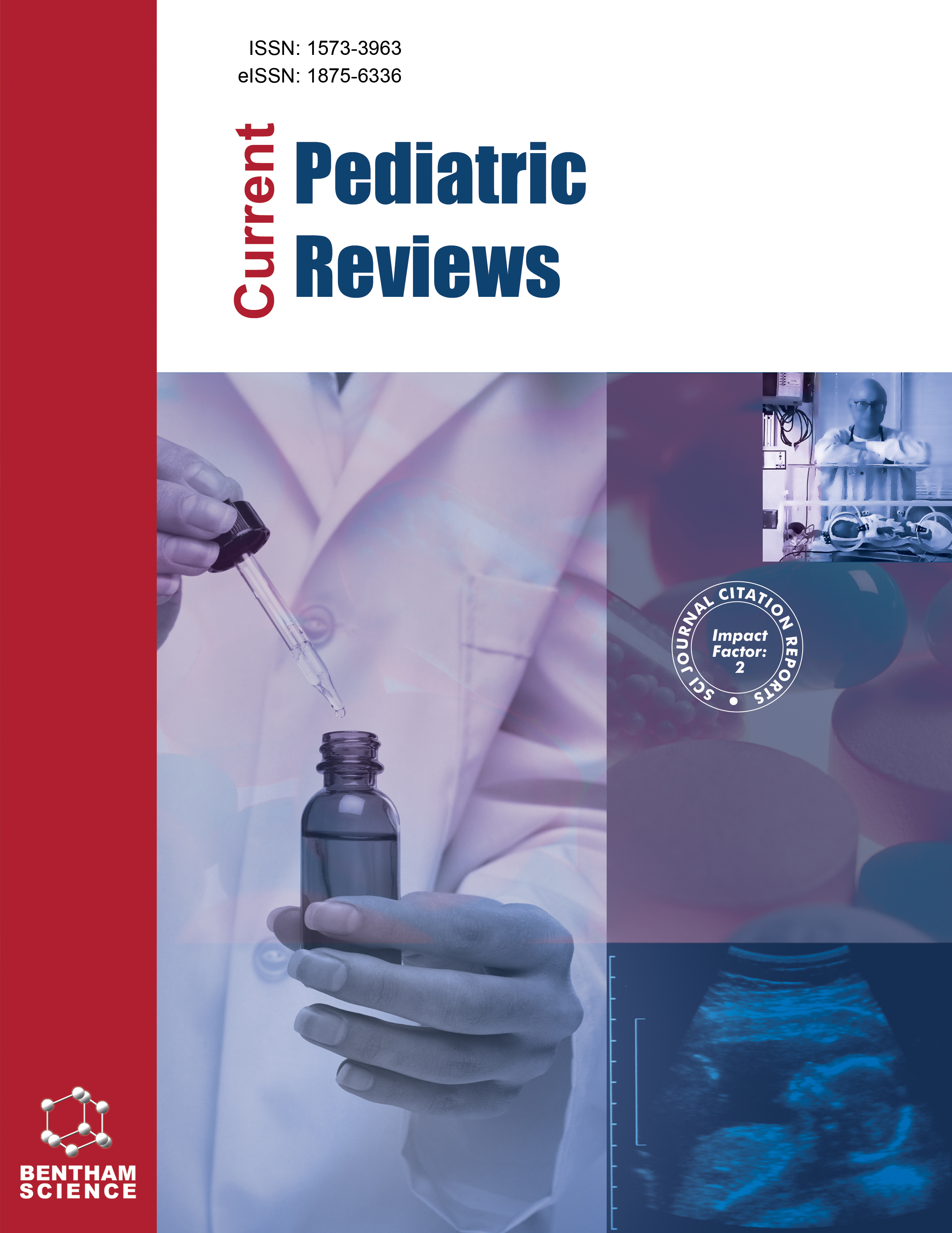
Full text loading...
We use cookies to track usage and preferences.I Understand

Antibiotic misuse among children continues to be one of the major critical public health issues worldwide, particularly in developing countries such as Jordan. Incorrect antibiotic use is hugely influenced by parents' knowledge and attitudes on the subject at hand. This review, therefore, seeks to establish the current state of parental knowledge and attitudes toward antibiotics in Jordanian children, with particular emphasis on those gaps in awareness and knowledge that underpin the inappropriate use of antibiotics. Despite prescription regulations, many still depend on over-the-counter purchases, usually due to misconceptions about the efficiency of antibiotics in viral infections or a lack of insight into the risks of misuse. The results strongly suggest that focused educational programs are needed to improve parents’ knowledge of prudent antibiotic use. It integrated an analysis of the socio-cultural factors affecting parental decisions and recommended improvising the public health strategies in their fight against antibiotic resistance. The study concluded that emphasis must be laid on both regulatory enforcement and public awareness about appropriate antibiotic use in pediatric care to bring about better health outcomes in Jordanian children.

Article metrics loading...

Full text loading...
References


Data & Media loading...